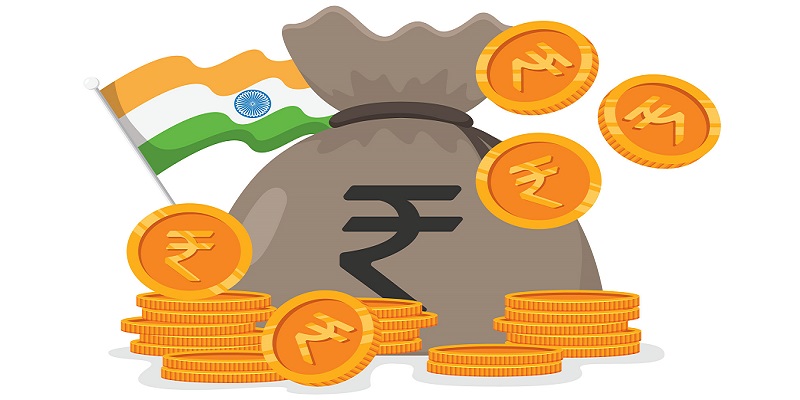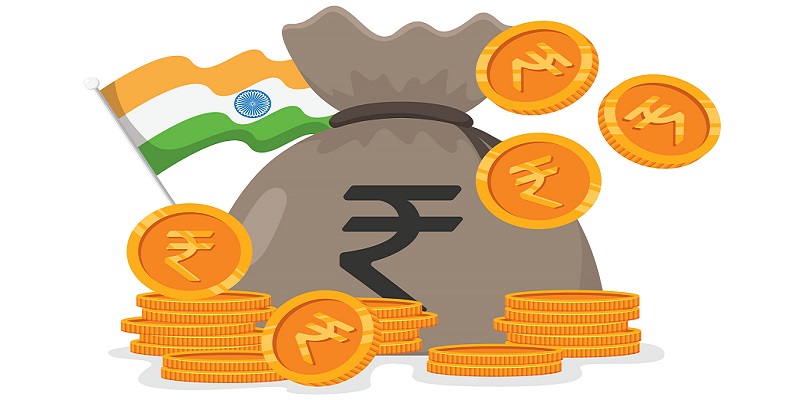Schedule a Call Back
"The ESDM Industry in India is Estimated to Reach USD 400 Billion"
 Interviews
Interviews- Aug 07,14
India Electronics & Semiconductor Association (IESA) and the Pune-based Mahratta Chamber of Commerce, Industries and Agriculture (MCCIA) have announced a brownfield cluster project to boost electronic product design and manufacturing in India. In this interview, Ashok Chandak, chairman of IESA, elaborates about the ambitious project.
India Electronics and Semiconductor Association (IESA), a premier trade body representing the Indian electronic system design and manufacturing (ESDM) industry is assisting the Government of Maharashtra towards setting up brownfield electronic manufacturing clusters (EMCs) in Pune and has signed a Memorandum of Understanding (MoU) with the Mahratta Chamber of Commerce, Industries and Agriculture (MCCIA) for collaboration under the Electronics Manufacturing Clusters Scheme of Department of Electronics & Information Technology, Government of India. Excerpts from the interview.

Could you elaborate about the proposed cluster?
The proposed brownfield EMC clusters in Pune will bring immense opportunities to the electronics industry, academia and other stakeholders. The clusters will come up in Bhosari, Pimpri Chinchwad and Shirwal areas and are expected to get clearance in the next 3-4 months and the work will start thereafter. The focus areas include auto electronics, defense electronics, instrumentation and agriculture and the facilities planned include test and measurement, prototyping, calibration, etc., with an investment of Rs 100 crore per cluster. This will benefit more than 500 companies in and around Pune. The new entity will assist the companies end to end right from R&D, production, testing and measurement, marketing, etc.
Is this a long-term plan by the Government of Maharashtra?
The state government has identified ESDM as a sector of focus. As one of the salient initiatives in this direction, the state has decided to set up three brownfield EMCs at Pune, Aurangabad and Navi Mumbai. Being the hubs of ESDM industry in the state, the EMC will provide common facilities for production and R&D support services, which will benefit the local companies in terms of cost competitiveness and faster turnaround time. Besides the funding support available from the Department of Electronics & Information Technology, the GoI under its EMC scheme and the state will also extend its proactive support to enable these clusters to be set up at the earliest.
Why was Pune chosen for the first such model?
Pune has successfully established itself as an engineering hub for the automotive sector nationally as well as internationally and has enormous industrial potential to be the next manufacturing hub of India. This is part of a larger design since IESA is closely working with the government and industry to make India a default destination for electronics design-led manufacturing. Leveraging the initiatives of MIDC and its entrepreneurial ecosystem, Pune can drive innovation in the electronics sector and catalyse the economic growth of the region.
Pune also has the MCCIA headed by its director general, Anant Sardeshmukh, to provide the right kind of support.
What is the size of the electronics product market in India?
It is worth USD 60 billion out of which components worth USD 20 billion are manufactured in India. We want to bridge this gap with high local value addition with a target of meeting 50 per cent of the demand domestically by 2018. The ESDM industry in India is estimated to reach USD 400 billion, which will need the cumulative investment of about USD 100 billion and generate employment of around 28 million. ESDM imports in India can exceed our oil imports and ESDM can become 10 per cent of our GDP - that's the powerful fact about this industry. Currently this is less than 3 per cent in India while it is greater than 20 per cent in China.
What does the ESDM value chain consist of?
There are many segments but primarily R&D and product design comprises creation of product IPR through patents and system design that includes hardware, software, mechanics, development, testing and verification. The components section has silicon chips, bare PCBs, cable assemblies and electro-mechanicals. Assembly and testing comprises 'board stuffing' quality assurance, logistics, packing, etc.
Which are some of the top products in this sector?
We have identified 20 products that contribute to 80 per cent of local consumption. These include mobile phones, FPD television sets, desktops, notebooks, digital cameras, inverters and UPS, memory cards and USB drives, LCD monitors, servers, etc.
What are the immediate priorities to help the ESDM sector grow at a faster rate?
There are several urgent needs such as:
- Implementation of the National Electronics Policy
- Set up a National Electronics Commission
- Provide deemed export status for the electronic and semiconductor sector
- Address the various disabilities such as poor infrastructure, higher taxation, high cost of finance, etc
- Promote local value-added ESDM products in government initiatives, defense sector and industry
- Approval of the Electronic Development Fund
- A proper policy on start-ups for both fabless (a fabless facility is one that outsources the production of silicon wafers) and electronic products
- Greater incentives to R&D/IPR leading to patents/products from India
- Development of incubation centres, and
- Skill development initiatives.
What is the role played by the IESA?
IESA is has been representing the Indian electronic system design and manufacturing industry since 2005. It has over 200 members, both domestic and multinational enterprises. We are committed towards building global awareness for the Indian ESDM industry and supporting its growth through focused initiatives in developing the ecosystem. This is through publishing credible data, networking events and alliances with other international associations. IESA works closely with the government as a knowledge partner on the sector, both at the centre and at the state level.
Related Products
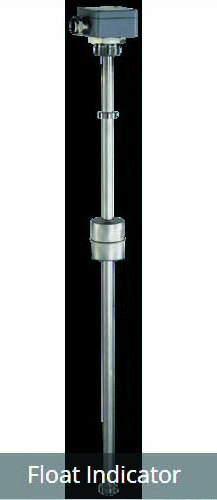
Float Indicator
Charun instruments offers float indicator, which is used for fluid level measurement in several industries.
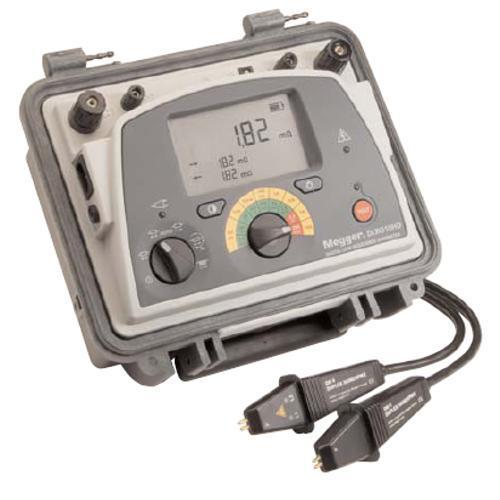
Digital Low Resistance Ohm Meter
SM Systems offers 10 amp digital low resistance ohm meter,
which is used in various sectors for different kinds of measurement purposes.
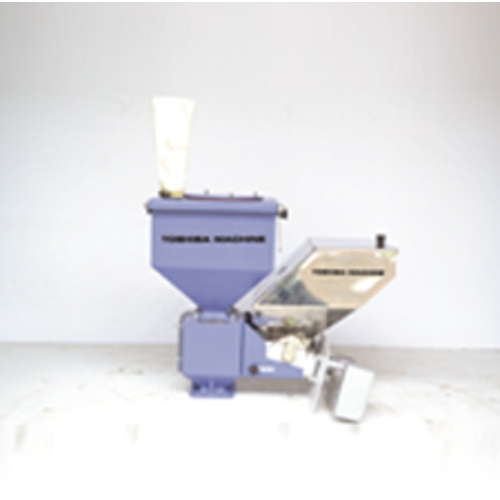
Blending Units
Toshiba Machine (Chennai) Pvt Ltd
offers blending units.





